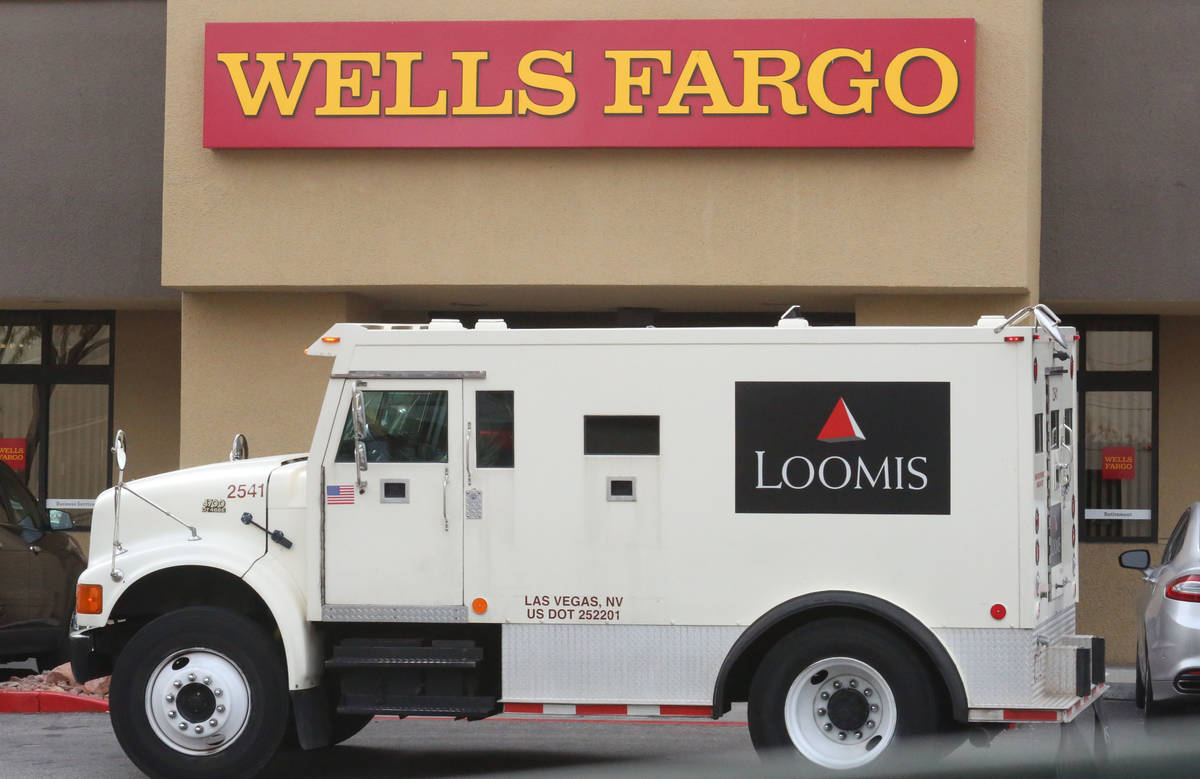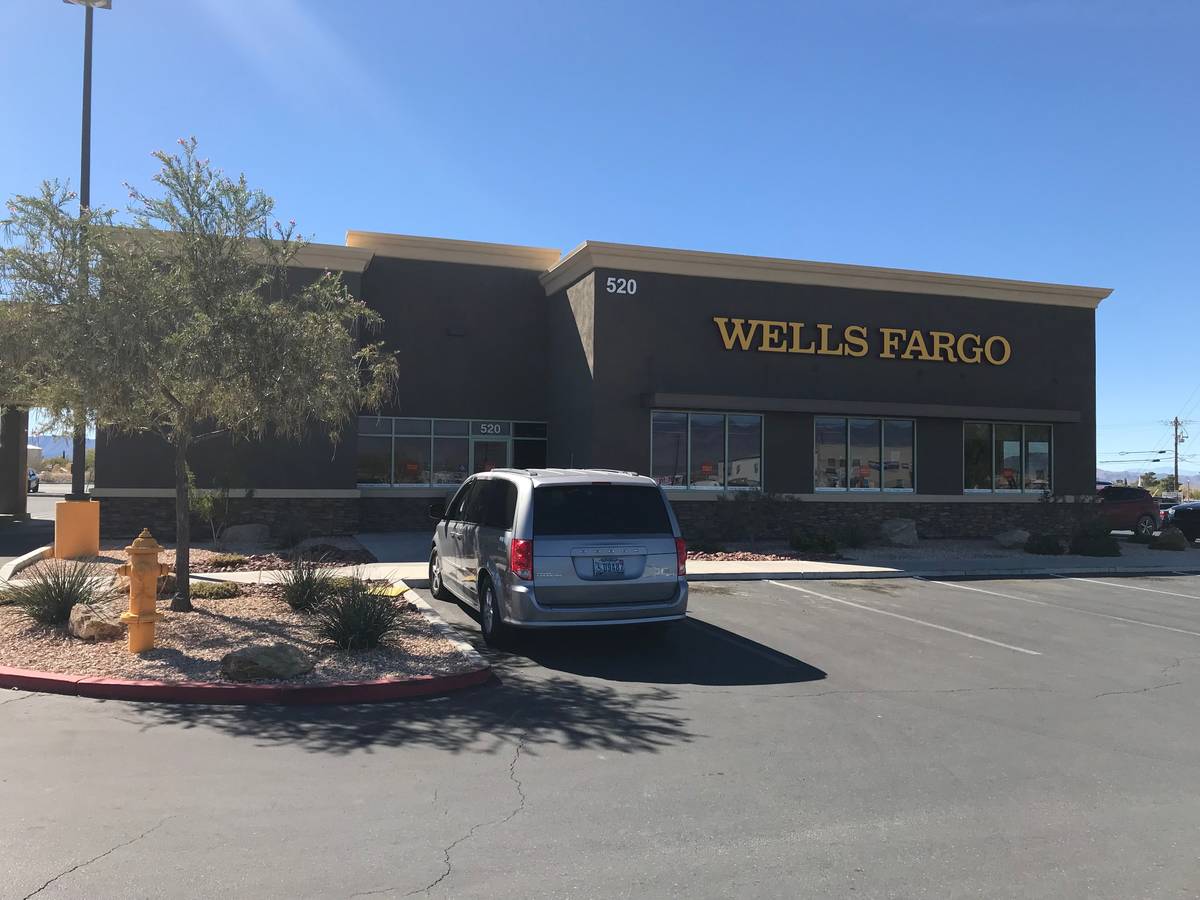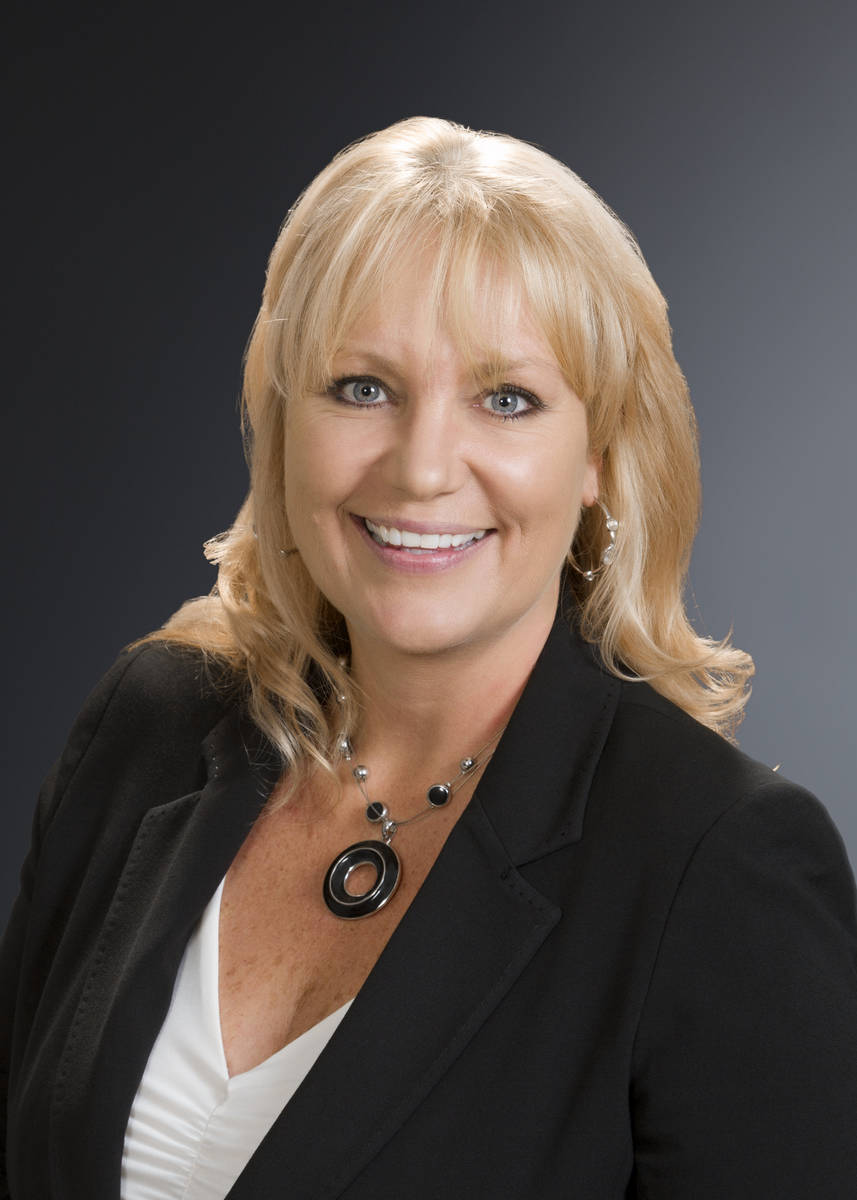September is National Preparedness Month: Do you have a disaster plan?
As Pahrump continues to deal with the impact of the COVID-19 crisis, it’s important to recognize that other disasters can still occur throughout the year —- often with little or no warning. When these events happen, safety is the number one priority, leaving little time to think about the financial information or records needed to help with the recovery process.
September is National Preparedness Month – the perfect time to create a disaster preparedness plan if you don’t already have one.
A good place to start (if you don’t have an existing plan) is to visit Ready.gov and the American Red Cross. Each of these sites provides valuable information and resources that can assist in developing a plan for you and your family.
Here at Wells Fargo, we’re pleased to offer the following tips that can help ease the recovery process should you be impacted by a disaster:
1. Save important documents, such as birth and marriage certificates, wills, deeds, tax returns, insurance policies and stock and bond certificates, on a thumb drive. These records are often needed for tax and insurance purposes.
2. Use a smart phone or camera to make a visual record of your possessions, including cars, boats and recreational vehicles. Or perhaps, write an inventory list.
3. Photograph the interior and exterior of your home, including landscaping, making special note of any improvements, such as a patio, fencing or outbuildings, as these may increase property value and help with insurance claims.
4. Check with your insurance company to review what your policy covers and determine if additional insurance/coverage is needed. For example, emergency shelters may not be an option for families who are displaced by a disaster given the social distancing guidelines brought on by COVID-19, so customers may want to consider looking into coverage for temporary housing.
5. Consider setting up online banking, mobile banking, bill pay and electronic account alerts. This will help you stay on top of your accounts and bills if you’re displaced from your home. If you already have online banking, check to make sure that your online profile is up to date, in case your bank or lender needs to contact you post-disaster.
6. Have cash or an emergency fund that is easily accessible. A disaster can shut down local ATMs and banks. After a disaster, you may need cash for the first few days, or even several weeks.
If impacted by a disaster, wait until it’s safe to return to your property. Then assess for any property damage, including your home and automobiles. If you have sustained any damage, call your lender and insurance company to file a claim as soon as possible.
It is also helpful to know in advance if and what resources your financial institutions provide. Wells Fargo customers - including those with home mortgages, home equity, small business, and auto loans - can contact 800-TO-WELLS or visit wellsfargo.com/recovery to learn more.
COVID-19 has certainly taught all of us that disasters come in all shapes and sizes. And while our response plays a critical role in how we manage through events like this, preparation is equally as important. Developing a plan now could save you countless hours of work in the long run and make the financial recovery process a lot less stressful for you and your family.


















